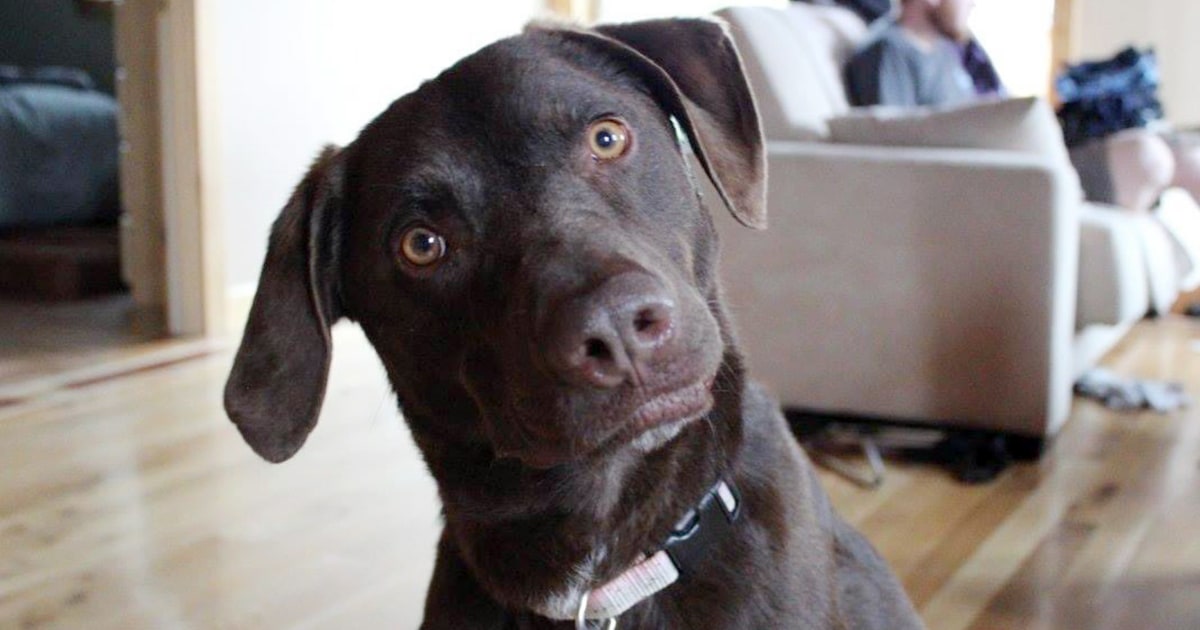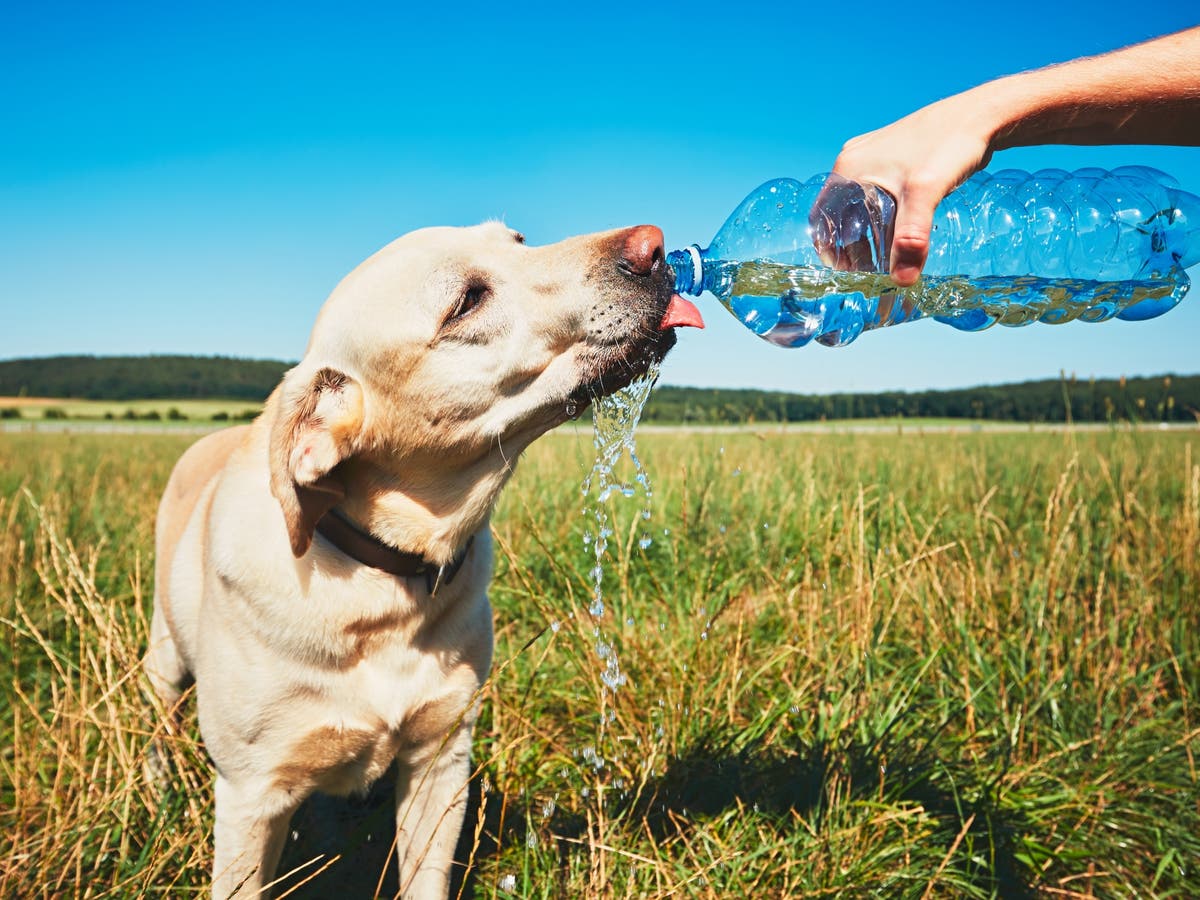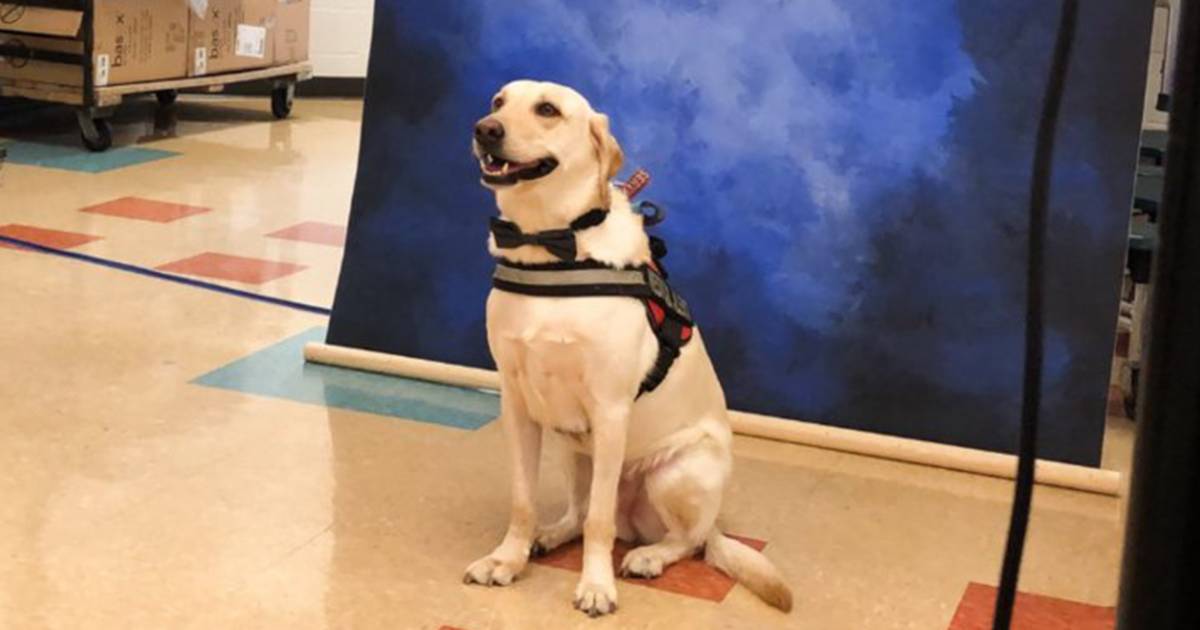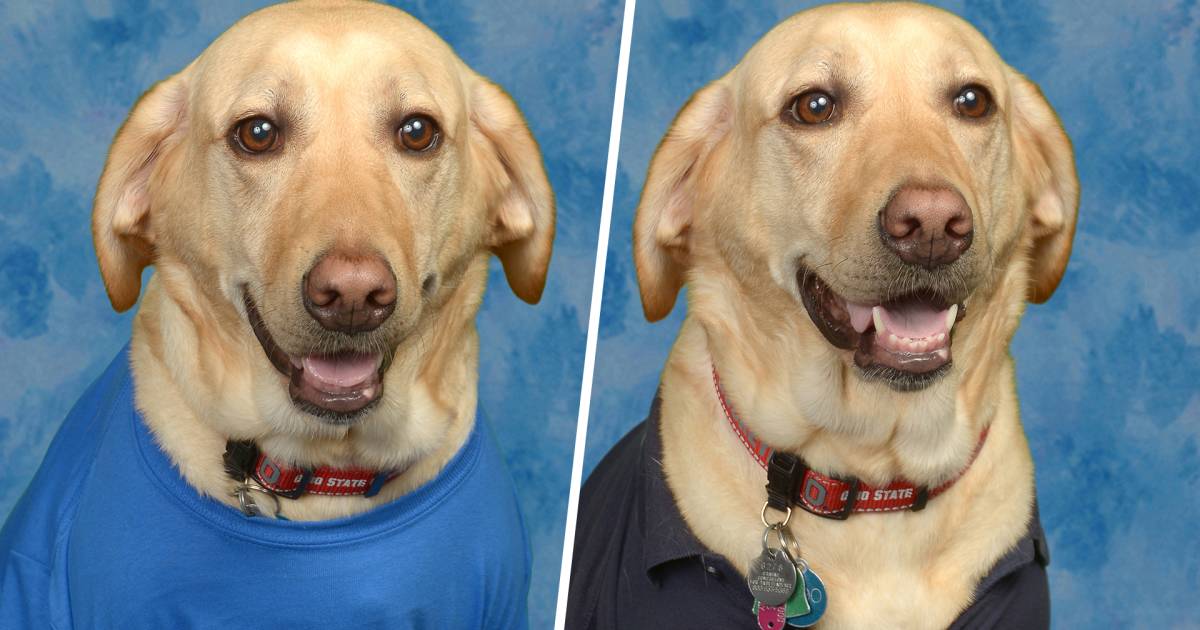Animal charities say it’s teaching the wrong lessons – but schools argue it inspires children to learn about the natural world
Watching duck eggs hatch in a classroom was a “wow” experience that brought the topic to life, says Sarah Holmes, teacher in Derby High School’s primary department. “It was a fantastic opportunity for the children to learn about the life cycle, see the ducklings grow and learn to swim. They also learned to take responsibility for looking after them.”Classrooms across the UK house a wide range of school pets: hamsters, fish, guinea pigs and even tortoises. But though they teach children about nature it is not always a happy story, animal charities say, and it might be teaching children the wrong lessons.
In some schools, animals are left alone for long periods, over-handled and farmed out to different homes at weekends. Some die because the school cannot afford vets’ fees, the charities say. They are calling on schools to find other ways of teaching about nature and taking responsibility, perhaps by creating their own wildlife areas instead.
The eggs at Derby High came from a company that provided detailed instructions on how to care for the ducklings and took them back to rear, but the service costs money not all schools can afford.Classrooms can be noisy and frightening places for some animals, the RSPCA and the charity Peta (People For the Ethical Treatment of Animals) say. Peta says it hears complaints that animals have died after being forgotten during school holidays, or through accidents in pupils’ homes. “Many teachers who keep classroom pets do so with good intentions. But a classroom simply isn’t a suitable home for an animal, and there are many factors that kind teachers need to consider before bringing one into theirs,” says Elisa Allen, the charity’s director.INTERESTING FACT ABOUT YOUR PET: Your dog can smell your feelings. In fact, your dog’s sense of smell is approximately 100,000 times better than yours. So it shouldn’t be shocking that they can in fact, smell things such as fear. When a human is fearful, they perspire, and a dog is easily able to pick up on this change.
“The sleep-wake cycles of nocturnal animals, such as mice and hamsters, are disrupted by bright classroom lights and by pupils who disturb sleeping animals by taking them out of their cages and handling them,” she says.
The Potteries Guinea Pig Rescue, based in Stoke-on-Trent, has taken in a number of guinea pigs from schools in North Staffordshire that have found themselves unable to care for the animals. “We have taken in many pairs of guinea pigs from schools that were originally classroom pets,” says Helen Chadwick, its founder and rescue manager. “The school thought it was a good idea until the animal experienced health issues and they had to pay for vet treatment. Any pet in school sets an example that caring for animals is part-time. To promote responsible pet ownership we want to see all pets treated as part of the family unit, with their needs catered for 24 hours a day.Keep Dry Dog Food Fresh in a Sealed Container. Dog food can start to loose it’s freshness after it’s open. If you buy bags of dog food use an airtight sealed container to store it, the food will stay fresh for much longer inside a tightly sealed container.
“It’s vital in an age still so contaminated with animal neglect and cruelty that our generation set an example to children,” she says. “I can’t imagine many things worse than being limited to a cage stuck in a noisy classroom all day.”
At Derby High, Holmes says it’s important for children to learn how to care for animals. “Actually seeing the ducklings hatch brings nature to life and makes the topic much more meaningful and purposeful. They absolutely loved having them in class and would check on them regularly making sure they had plenty of food and water.”However, Debs Howe, a former biology teacher who runs Eggucation, an ethical egg hatching company, says that, done responsibly, looking after animals can be an experience children don’t forget. “It inspires them to learn more about the natural world. For children who may have issues accessing the curriculum, often due to autism or emotional or behavioural issues, the hatching of chicks has an incredible effect.
“It’s also a fantastic way for children from inner-city schools, who may never have seen farm animals or the countryside, to experience animals and nature and learn how to care for them.”
Despite concerns, many schools continue to use animals to teach children about nature and as therapy. The guinea pig Snowball even won praise from Ofsted inspectors at Upton primary, near Halifax, West Yorkshire. Their report said: “Opportunities to look after Snowball, the school pet, inspire pupils to consider their actions and help them understand the importance of being calm and caring.” However, the RSPCA says: “We would discourage educational establishments from attempting to keep and look after animals themselves. We believe that children can be taught about animals without keeping pets in the classroom. Unfortunately, it is not uncommon for pets intended to live at a school to require rehoming.”Dog Got Stung? Remove the Stinger with a Credit Card. When you try to pick out a stinger from your dog you risk leaving part of it in the skin. Remove stingers by scraping them with a straight edge – like the side of a credit card.
Some schools have solved the problem by using dogs belonging to staff members, parents or friends of the school. Kings Hill primary, in West Malling, Kent, for example, has two dogs – Charlie a therapy dog and Duke, a reading dog. “Children who struggle find it easier to read to Duke, our American cocker spaniel, because he doesn’t correct them and they then start to enjoy the story and are reading for pleasure,” says Georgette Williams, the head of inclusion. “It is our most successful intervention.”
Use a carabiner to attach it to a belt loop for a long hike.
Topics












